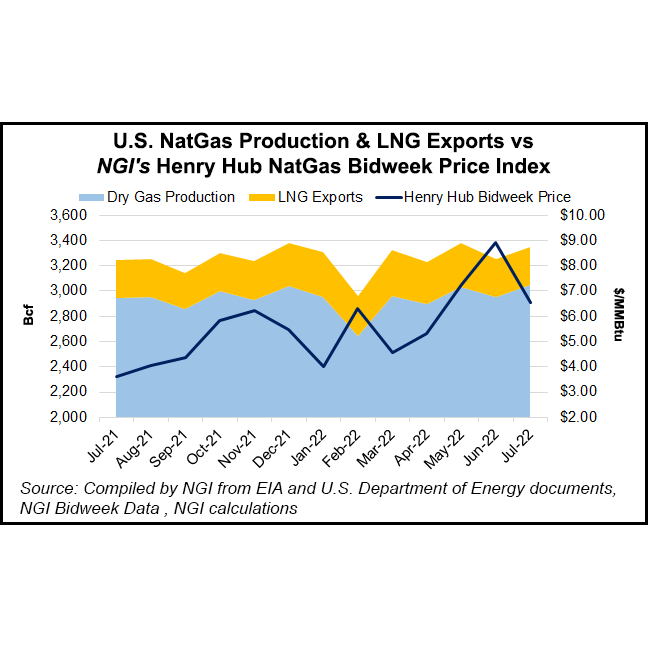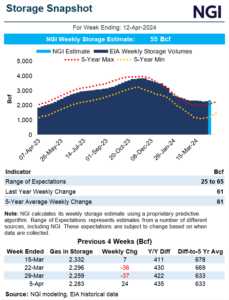LNG | Haynesville Shale | Infrastructure | LNG Insight | Markets | NGI All News Access | NGI The Weekly Gas Market Report | Permian Basin
Limits in Short-term Gulf Coast LNG Export Capacity Could Fuel Price Slump as Production Builds
© 2024 Natural Gas Intelligence. All rights reserved.
ISSN © 1532-1231 | ISSN © 2577-9877 | ISSN © 1532-1266 |



